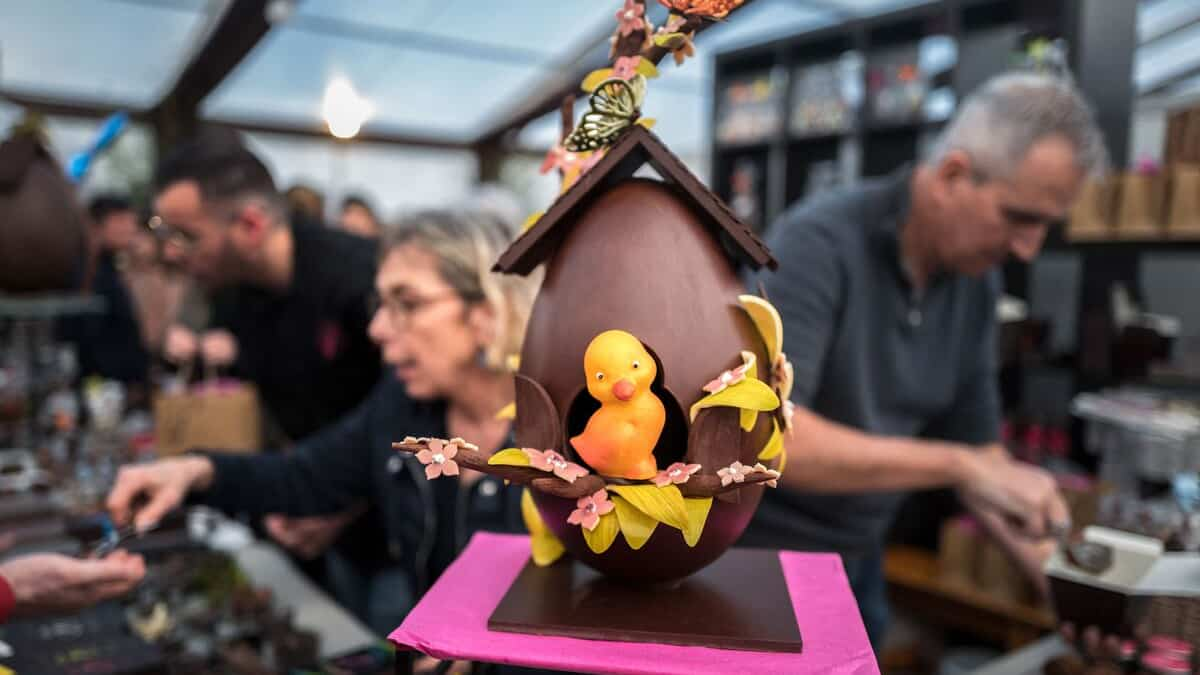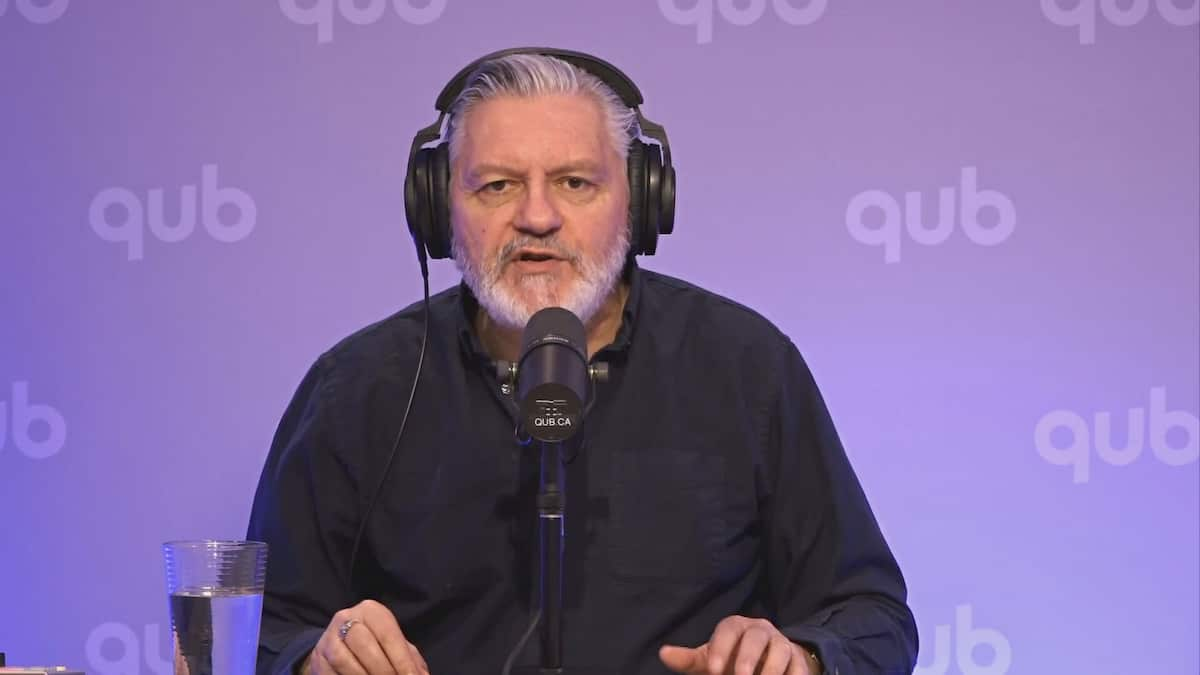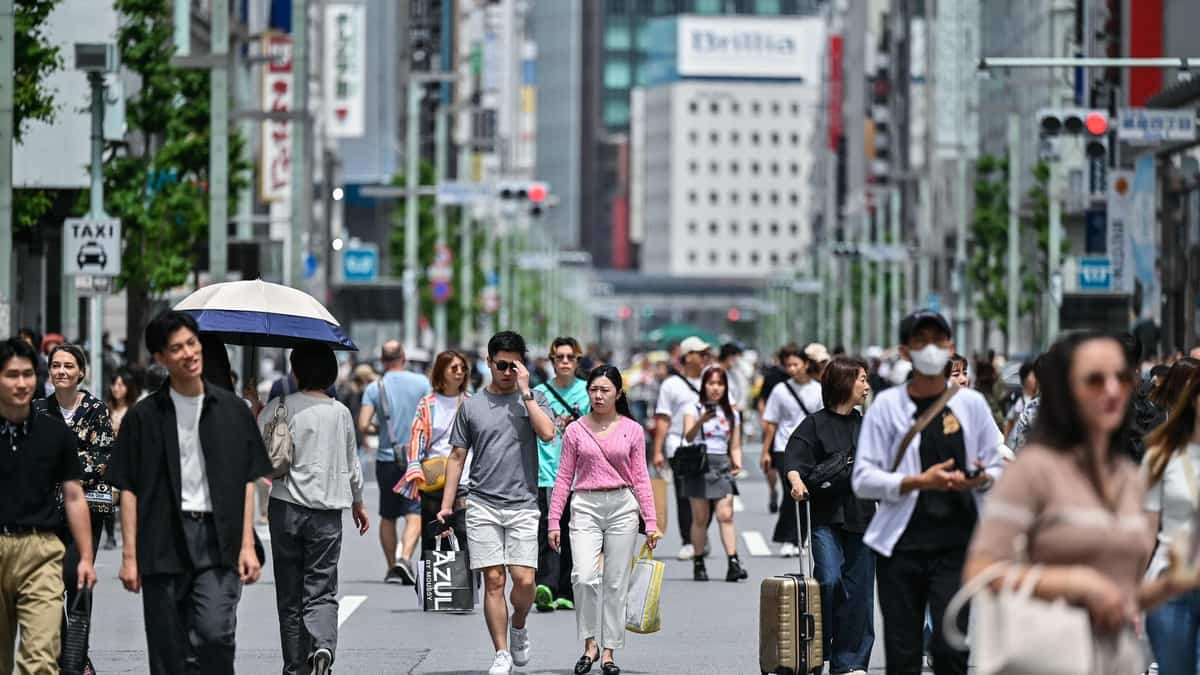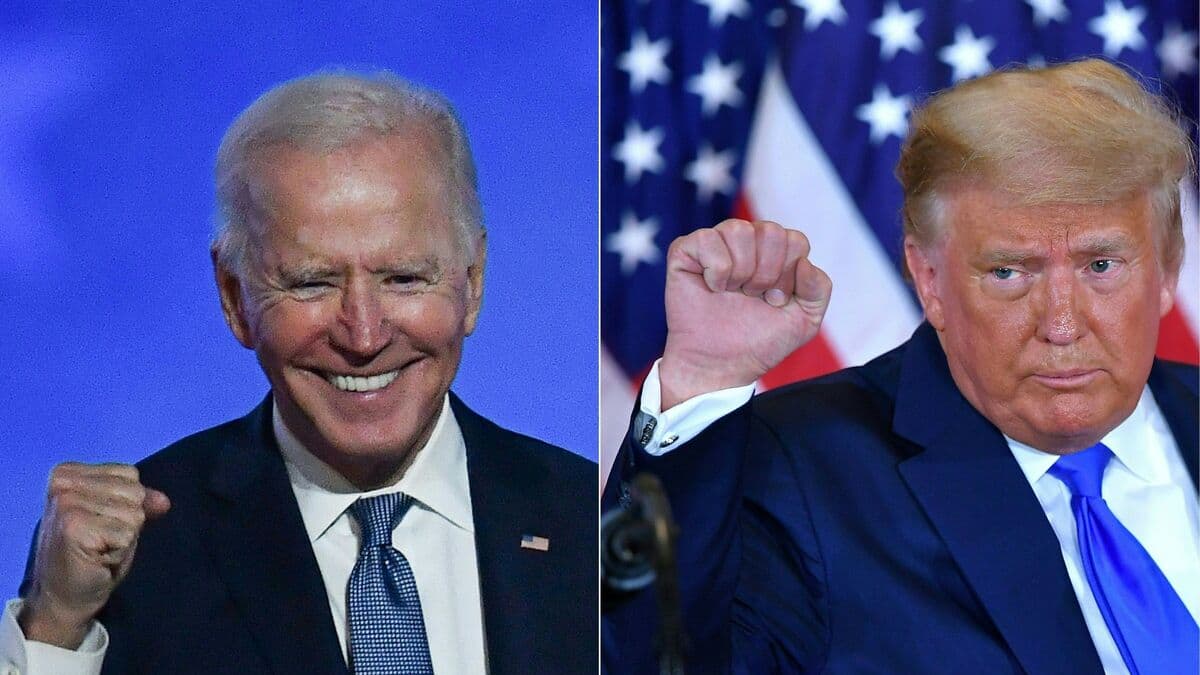
Whether it comes in eggs, chickens or rabbits, chocolate has long been ubiquitous in Easter celebrations, but how did this tradition start?
• Read also: Here's what's open or closed for Easter March 29-30-31 and April 1, 2024
• Read also: Easter represents “20% of annual sales” for chocolate manufacturers
To understand this phenomenon, we first have to go back to ancient times, the period in which the custom of exchanging decorated eggs was born, when this symbol of fertility and renewal was especially used to mark the arrival of spring, according to Western media. France.
This tradition was adopted by the Christian Church when eggs were one of the forbidden foods during Lent, a 40-day period of deprivation ending on Easter, from the 3rd century.
Finally, in the 18th century, chocolate entered the celebration of Easter.
As cocoa became democratized, chocolate began to take more and more shapes, including egg-shaped.
And so, little by little, decorative eggs give way to chocolate eggs, and eventually to rabbits and chickens, shapes imagined by chocolatiers.
The French Catholic Church notes on its website that “the custom of offering chocolate eggs or rabbits is of commercial origin.”
Since then, Easter represents a very important period for the turnover of chocolate makers.
In an interview with LCN, the co-founder of cocoa and chocolate company QANTU estimated that there was a “20% jump in annual sales” at the beginning of spring, which would particularly require an increase in chocolate production from January.






